Transforming your workspace doesn’t have to drain your company’s resources. Whether it is a startup Brooklyn office renovation, or a complete redesign of a corporate suite in Midtown, strategic planning is key. With smart budget planning, your office renovation stress can shift into excitement as an inspiring and motivating space is created without breaking the bank.
How can you get the office of your dreams with budget planning and smart renovation strategies?
Start with the Numbers
Office renovation projects in Manhattan can run anywhere from $150-$250 per square foot. The outer boroughs may be as little as $100-$200 per square foot. These estimates fluctuate based on scope, with a cosmetic change costing significantly less than a total overhaul of the space.
Knowing your numbers first helps you to negotiate with your contractor to avoid sticker shock. Get at least 3 itemized quotes from different vendors for comparison. Keep in mind, the lowest bid is not always the best choice! Experience and reliability matter tremendously in commercial projects.
Prioritize What Actually Matters
Not every element deserves equal investment. Strategic allocation means:
- Infrastructure first: HVAC, electrical, and plumbing upgrades prevent costly emergencies later
- High-traffic durability: Invest in quality flooring and furniture for reception and conference areas
- Statement pieces over everything: One impressive wall feature beats mediocre finishes throughout
Your lobby creates first impressions, while back offices can embrace practicality. Channel funds accordingly.
Embrace the Phased Approach
Rome wasn’t built in a day, and your office shouldn’t be either. Phasing allows you to spread the costs out over quarters while keeping your business operations intact. Start with essential systems and customer-facing spaces, with employee areas tackled during slower periods.
Smart Phasing Looks Like This
- Phase 1: Critical infrastructure and entrance areas (Month 1-2)
- Phase 2: Meeting rooms and collaborative spaces (Month 3-4)
- Phase 3: Individual workstations and amenities (Month 5-6)
This approach prevents operational chaos while easing cash flow pressure. Plus, you’ll learn from each phase, refining subsequent stages.


